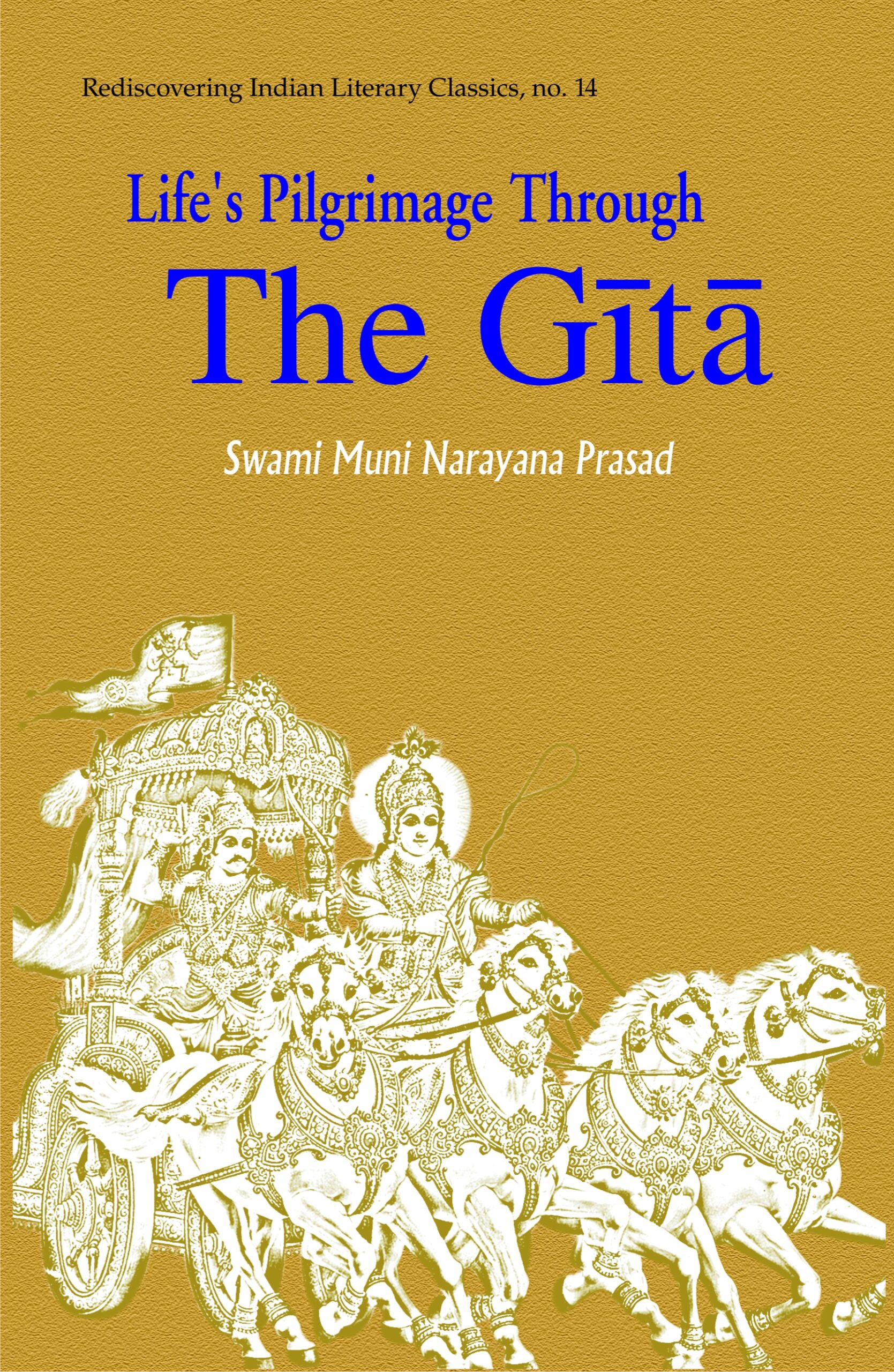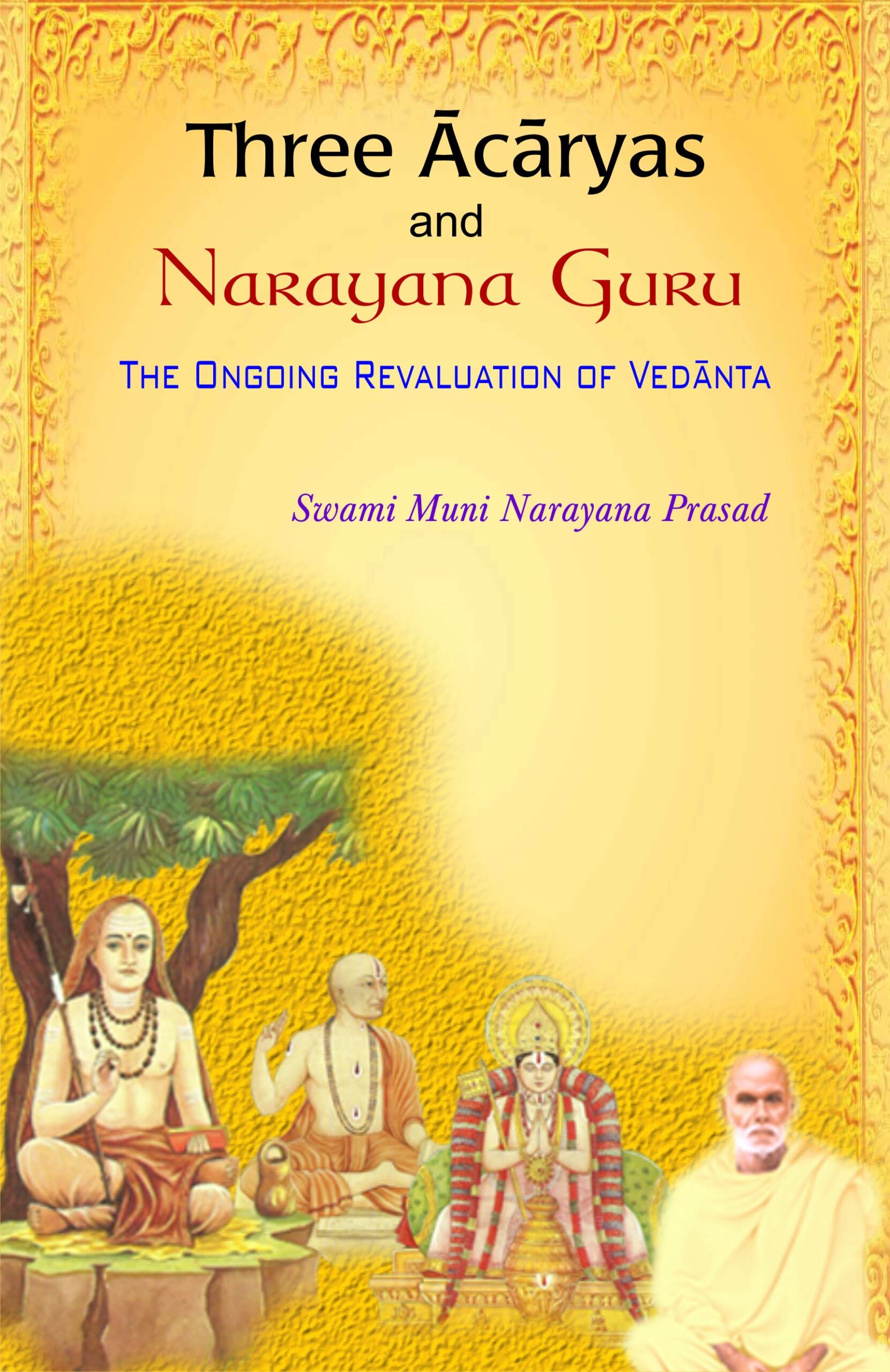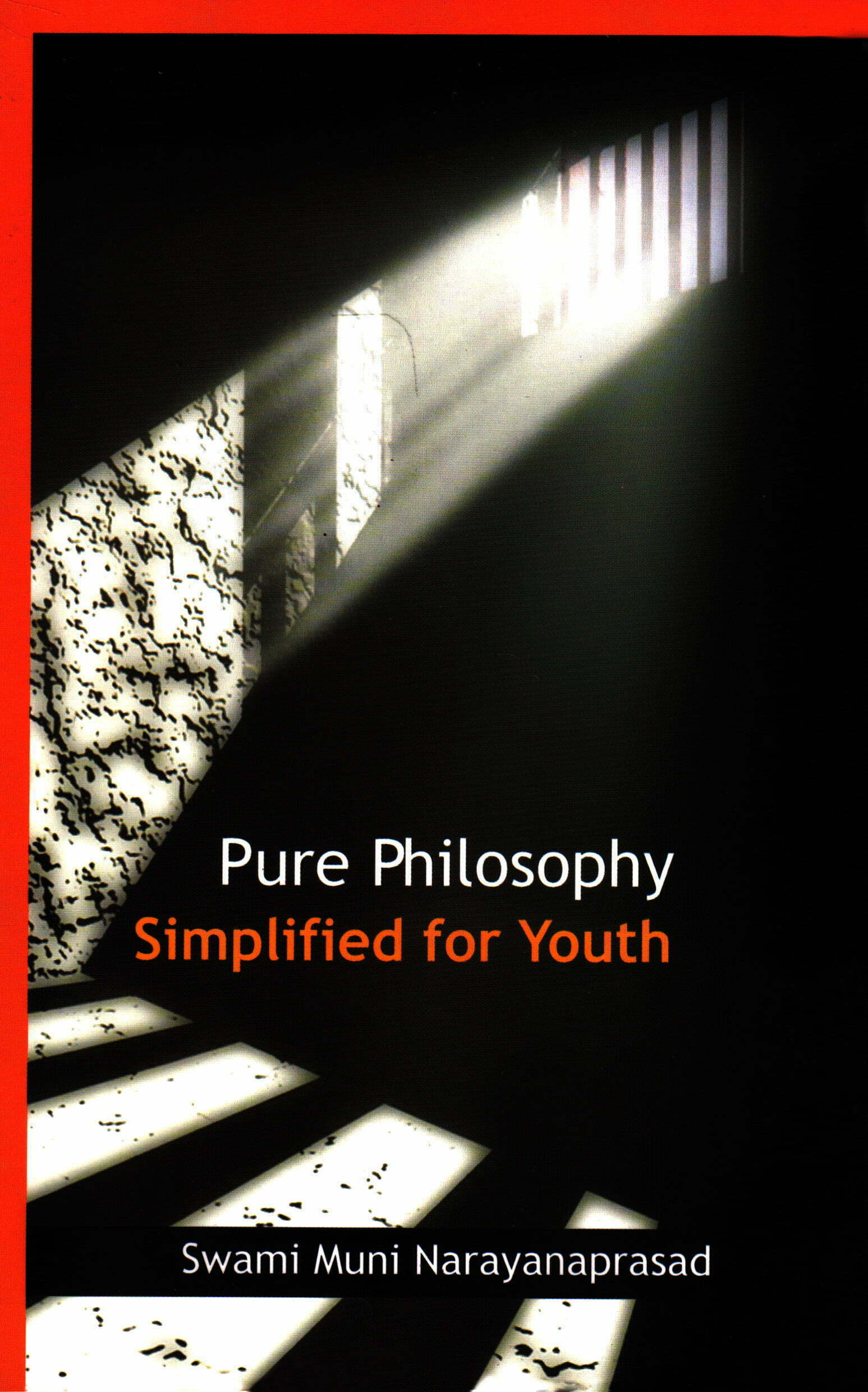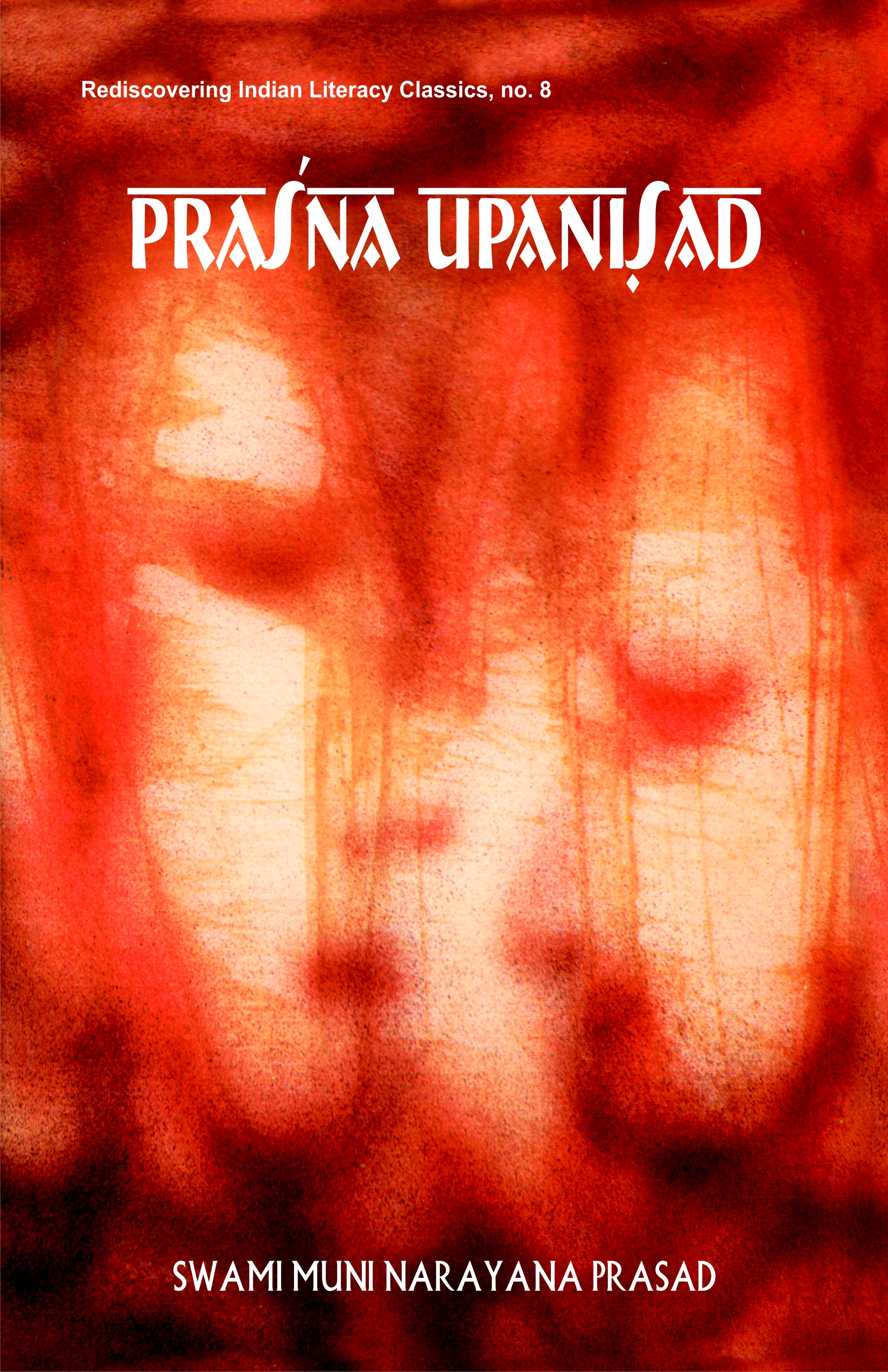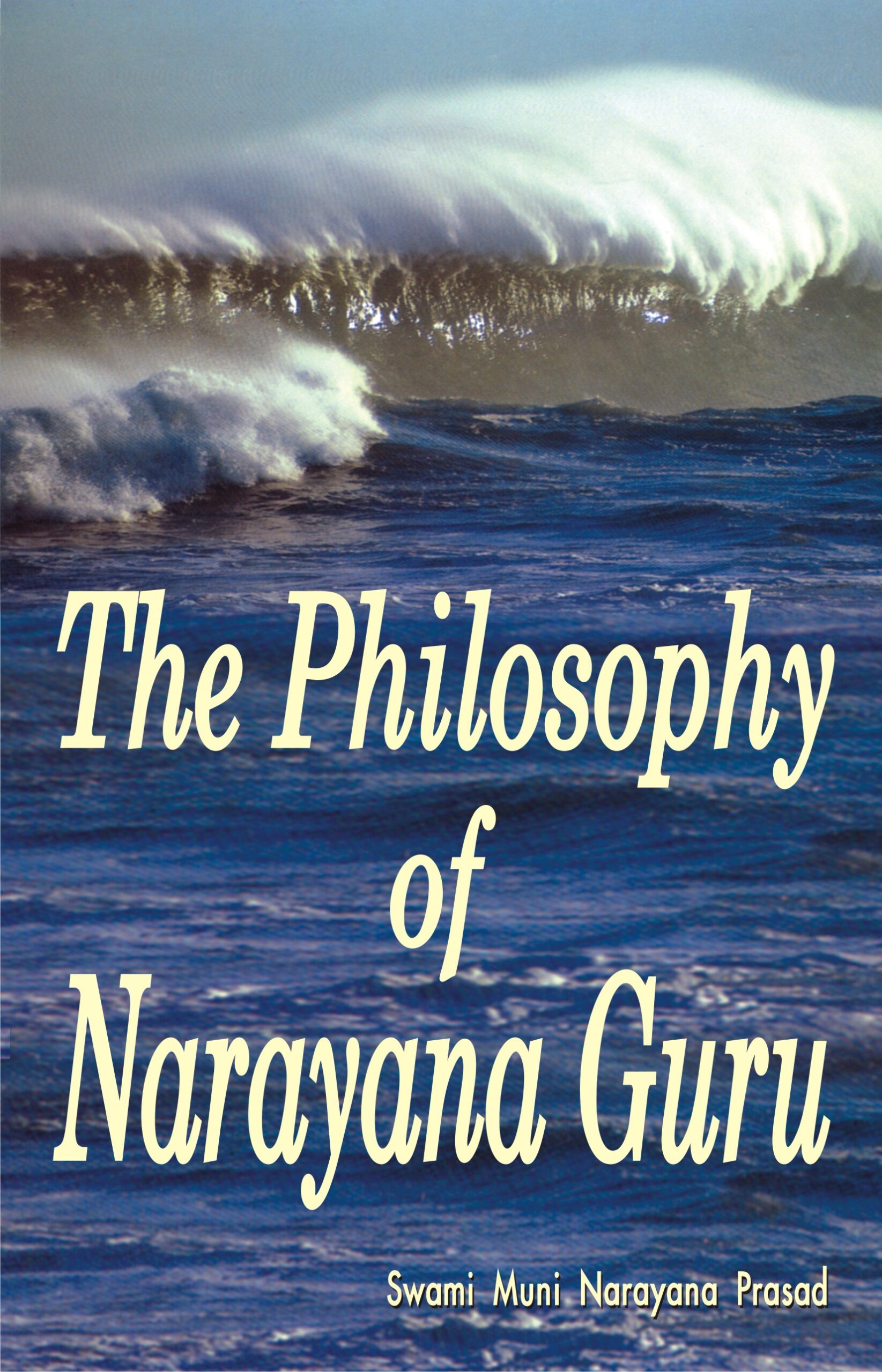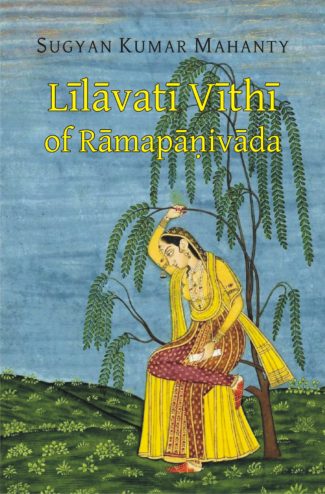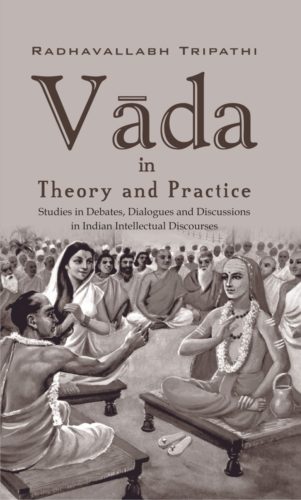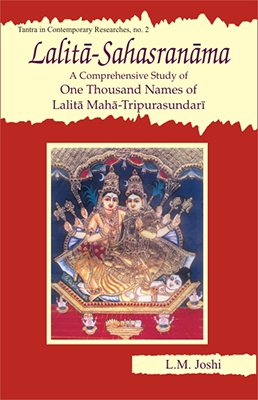

Narayana-Smrtih...
Narayana-Smrtih
by: Swami Muni Narayana PrasadSmrtis, in Indian spiritual lore denote the class of canonical texts that teach traditional laws, civil or religious. Such laws need periodical revision or modification, or even total nullifying and replacement. Narayana Guru took up the challenge to write Narayana Smrti an alternative new text fit for current times when he felt that the two-thousand-years old Manusmrti has became outdated.
₹120.00 Original price was: ₹120.00.₹108.00Current price is: ₹108.00.
ISBN: 9788124603925
Year Of Publication: 2007
Edition: 1st
Pages : x, 85
Language : English
Binding : Paperback
Publisher: D.K. Printworld Pvt. Ltd.
Size: 22 cm.
Weight: 200
Smritis, in Indian spiritual lore, denote the class of canonical texts that teach traditional laws, civil or religious, as against shrutis that reveal the eternal Reality. Such laws, as is to be presumed, need periodical revision or modification, or even total nullifying and replacement. Narayana Guru took up the challenge to write a new Smriti text when he felt that the two-thousand-years old Manusmriti has became outdated for modern times. Narayana Smriti is an alternative new text fit for current times while being fully in conformity with the traditional wisdom, espoused in Indian literature.
Preface
Canto One
Introduction
Canto Two
Discriminating the Righteous from the Unrighteous
Reflections on Oneness of jati
Reflections on Oneness of faith
Reflections on Oneness of God
Canto Three
Dharma in General
Fivefold Purities
Canto Four
Childbirth
Caring for the Child
Initiation into Formal Education
Canto Five
Duties Related to Each Stage of Life
Canto Six
Studenthood
Canto Seven
Being a Householder
Canto Eight
Five Great Sacrifices
Canto Nine
Funeral Rites
Canto Ten
Renunciation or Samnyasa

- Sale!Rasa in Aesthetics by: Priyadarshi Patnaik
₹990.00Original price was: ₹990.00.₹891.00Current price is: ₹891.00.The Indian tradition of criticism is over two millennia old. And its rasa theory has, from the beginning, essentially influenced authors, connoisseurs and art critics alike. First expounded sometime between the 1st century bc and the fourth century AD in the eminent aesthetician, Bharata’s Natya Shastra, rasa theory deals with the ‘emotive content’ of a work of art — how it is depicted, inferred and transmitted. Dr. Patnaik’s book is a unique effort that demonstrates, with diverse examples, the universality of this ancient theory and its applicability to modern Western classics. Elucidating afresh the concept of rasa and all its nine primary kinds largely on the basis of Natya Shastra of Bharata and the commentaries of the tenth-century aesthetician, Abhinavagupta, the book investigates the validity of rasa theory as an aesthetic, more specifically, a literary theory, and how its canons are applicable to modern Western literature as well as Chinese love lyrics and Japanese haiku poems. Dr. Patnaik’s transcultural exploration, thus, covers all major genres of literature — poetry, drama and fiction; and also major writers — Lawrence, Mayakovsky, Kafka, Camus, Conrad, Hemingway, Faulkner, Marquez, Eliot, Hesse, O’Neill, Ionesco, Beckett, Lorca, Neruda and several others. In emphasizing the universal validity of the rasa theory, the author considers certain modern problems relevant to text, meaning and readers’/audiences’ response as well. Very few are the examples of applied rasa theory even in Sanskrit and other Indian literatures, leave alone its application to Western creative writing. This book, with its bold framework and lucid style, should, therefore, fascinate the scholars of Indology, Indian aesthetics and, above all, comparative literary criticism.
- Sale!Aesthetic Textures by: Molly Kaushal
₹1,800.00Original price was: ₹1,800.00.₹1,620.00Current price is: ₹1,620.00.The fascinating world of multiple Bharatas that this book introduces its readers with is that of a perennial tale discovered and created afresh at each juncture of time; at each moment of self-doubt and self-exploration; at each rejoicing of self-discovery and self-recovery. If one does not come across a seamless continuity here, one does not encounter apparent ruptures either. The Bharatas, as narrated here, present us with amazing diversity with palpable consubstantiality expressed in myriad forms and multiple hues; tradition belonging as much to its contemporaneity as to its past; belonging as much to the spokes as to the axle; centrifugal and centripetal at once; a tradition old and new at the same moment of time.
The book is based on the proceedings of a seven-day international conference organized by the Indira Gandhi National Centre for the Arts (IGNCA) on the living traditions of the Mahabharata in the year 2011. The conference explored the multiple tellings and retellings of the Mahabharata story as sung, danced, and celebrated in festivals, inscribed on to geographic landscapes, committed to memory as sacred genealogy, embodied in rituals, and sculpted in shrines and temples. The presentations ranged from issues of poetics and ethics to translations, adaptations, and variations to folk and tribal traditions as sung, recited, and performed. Rather than exploring the Mahabharata as a book or a singular narrative, these papers focus on the multi-tradition of the Mahabharata in all its multidimensionality, multiplicity, and above all, in its fluidity. The book would certainly interest the scholars engaged in the study of the living heritage of Indian epics, folklorists, indologists, and anthropologists. - Sale!Lilavati Vithi of Ramapanivada by: Sugyan Kumar Mahanty
₹650.00Original price was: ₹650.00.₹585.00Current price is: ₹585.00.The Lilavati, a vithi, is the magnum opus of Ramapanivada, a versatile poet of eighteenth century ce, a resourceful and multitalented writer of almost all the genres of creative compositions, belonged to Kerala, India. The Lilavati is the best of all available specimens of vithi literature in the history of Sanskrit drama. The plot of the Lilavati Vithi is based on the love story between Virapala, the king of Kuntala, and Lilavati, the daughter of the king of Karnata.
The text of the present volume of Lilavati Vithi is carefully edited and presented with a Sanskrit commentary Praci in the light of Sanskrit dramaturgy as well as Indian rhetorics. The commentary Praci treats to critically evaluate various poetical aspects, like figures in speech and metres. The characteristics of vithi with the suitable examples from the Lilavati, the thirteen numbers of vithyangas, the type of amukha or prastavana are explored in the introduction. It also presents an account of the history of the literature of available and non-available vithi type in its introduction.
Present edition of Lilavati Vithi along with the Sanskrit commentary Praci and an extensive introduction in English and appendices will interest scholars and students of Indology who are focused on the study of Sanskrit literature. It will benefit the readers interested in classical Sanskrit literature. It will also be a supporting tool for the researchers of the history of classical Sanskrit literature in general and vithi literature in particular. - Sale!Vada in Theory and Practice by: Radhavallabh Tripathi
₹1,300.00Original price was: ₹1,300.00.₹1,170.00Current price is: ₹1,170.00.Vada, meaning debates, dialogues, discussions, was the quintessential of Indian spirit, enabling and promoting the growth of different philosophical and knowledge systems of India. It percolated deep into our mindset and enriched the moral, ethical, religious and sociocultural edifice of anything that was essentially Indian in nature. As continuation of Anvikshiki from the bc era, vada helped thrive Indian traditional knowledge systems. It subsists on diversity and its tradition envisages pluralism.
Most of our Sanskrit works, covering a wide gamut of knowledge systems, are structured in the techniques of debate. This reality applies not only to the philosophical writings, but to Indian medical systems (Ayurveda), Arthashastra of Kautilya and Kamasutra of Vatsyayana as well. Even great epics like Ramayana and Mahabharata are no exceptions.
Vada culture involved verbal duals, attacks and even violence of speech, and all major religious systems — old or modern — were parties to it. This book also elucidates how vata was vital and critical for the growth of our socio-political fabrics. It shows how some of the major conflicts in philosophical systems were centred around karma, jnana, choice between violence and non-violence, pravritti and nivritti. It also presents the manifestations of vada on a vast canvas during the nineteenth and twentieth centuries. Modern spiritual and religious gurus like Ramana Maharshi, J. Krishnamurti and Vinoba Bhave were men of dialogues. Our scholars have applied the varied techniques of vada against the philosophical and scientific systems of the West to prove them correct.
This collector’s issue should enthrall a wide audience of philosophers, scholars and believers in Indian knowledge systems. - Sale!Lalita-Sahasranama A Comprehensive Study of One Thousand Names of Lalita Maha-Tripurasundari by: L.M. Joshi
₹1,500.00Original price was: ₹1,500.00.₹1,350.00Current price is: ₹1,350.00.In the Hindu sacred literature, Sahasra-namas: the texts embodying literally “the Thousand Names” of a deity, constitute a genre in their own right. And Lalita-Sahasranama (LS) is a veritable classic in the traditional writings of the kind — a classic widely acknowledged for its lucidity, clarity and poetic excellence. A medieval work of unknown authorship eulogising Shakti: the Mother Goddess, this Sahasranama is not just a masterly exposition of Shri Lalita’s cult, but also sets out the deity’s diverse epithets — like, for instance, Kundalini, Nirguna, Saguna, Parashakti or Brahman — which continue to evoke reverence as mantras with ‘mystic powers’. Also included among these names are the goddess’s other panegyric descriptions that have come to have profound, esoteric connotations in tantric practices — epitomizing, thus, the fundamental tenets of tantrashastra. Here is a brilliant critical edition of Lalita-Sahasranama meticulously analysing, for the first time, each of Shri Lalita’s thousand names — by a variety of themes, like the Goddess’s conceptual representations, anthropomorphic forms, disposition, abodes, kinships/consorts, ritualistic worship, and her supremacy in pantheonic hierarchy. Also explaining and interpreting anew these thousand names on the basis of time-honoured commentaries, Dr. Joshi under-scores the high importance of Lalita-Sahasranama in philosophy, tantra, yoga, sahasranama literature, and rituals of various descriptions. The book includes the original Sanskrit text of LS, its romanised transliteration and, additionally, an Appendix listing Sri Lalita’s thousand names in the A-Z sequence.



